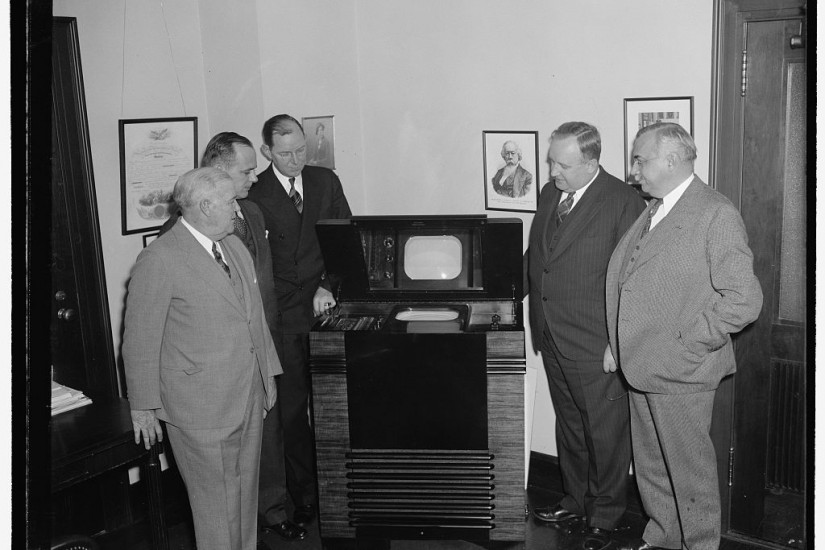On a recent morning, I indulged one of my worst habits—checking Twitter on my phone immediately upon waking up. When I turned the screen off, I was alarmed to discover that I could no longer see out of my right eye. I picked up my phone again, this time in a panic, to Google my symptoms, and quickly learned that I had experienced what medical researchers have called “transient smartphone blindness.” It can occur when you look at a bright screen while lying down with only one eye open. It’s one of many effects that constant engagement with screens could be having on our eyes, which together produce anxiety about the negative physical effects of contemporary technologies. Before smartphones and handheld devices, that anxiety was directed at televisions. From the time of their commercialization, people worried about the potential harms of the device: the harms of placing their face close to the screen, of watching for many hours at a time, of the appliance’s position at the center of domestic life. People still worry about spending too much time in front of a television (much of the recent focus has been on the effects on children and weight gain). Samsung even warned of possible health risks from watching its 3-D TVs—pregnant women and the elderly were advised not to watch 3-D sets at all.
But in the history of television, the gravest and most all-encompassing danger from the proximity of human bodies to a screen came in the 1950s and ’60s. In retrospect, that period might also serve as the explanation for why those of us of a certain age can recall the urgency with which our parents forbade us from sitting too close to the TV. Color sets, the new technology of the time, were found to be radioactive.
Since the 1940s, there had been long-standing concerns about radiation leaks from black-and-white picture tubes. But it wasn’t until 1967, when routine testing revealed that specific large-screen models of GE color sets were emitting “X-radiation in excess of desirable levels,” that there seemed to be any real evidence of such a risk. Scientists speculated that the high voltage required by color sets was partly to blame.
